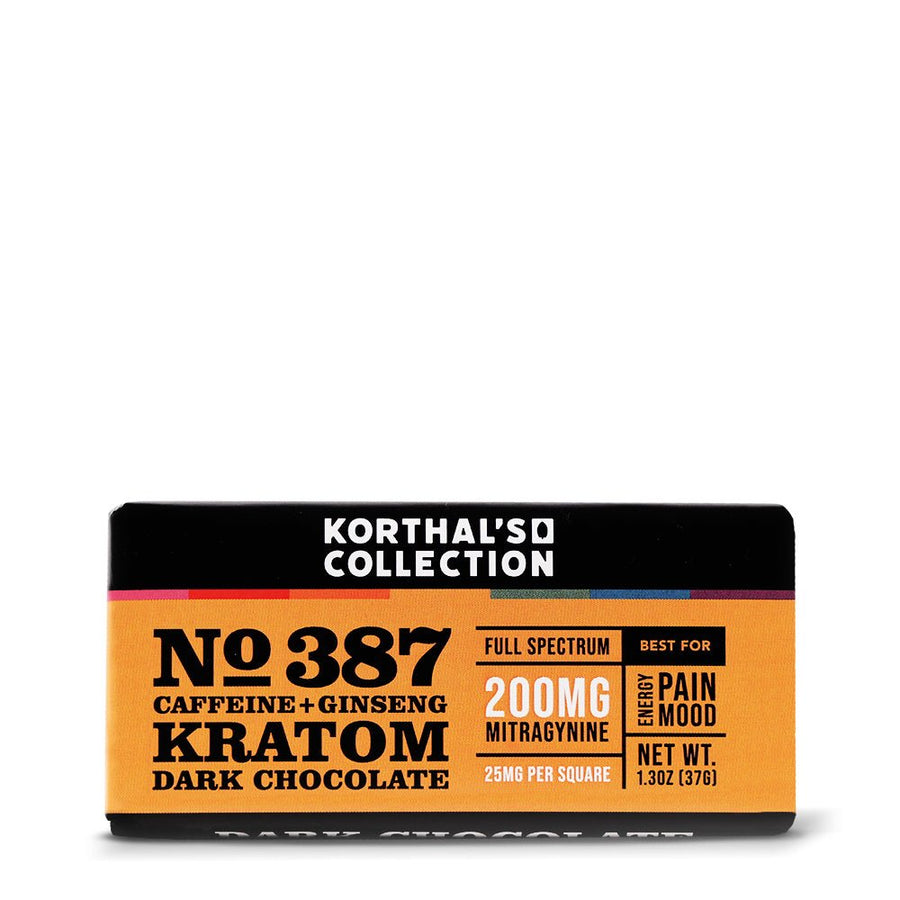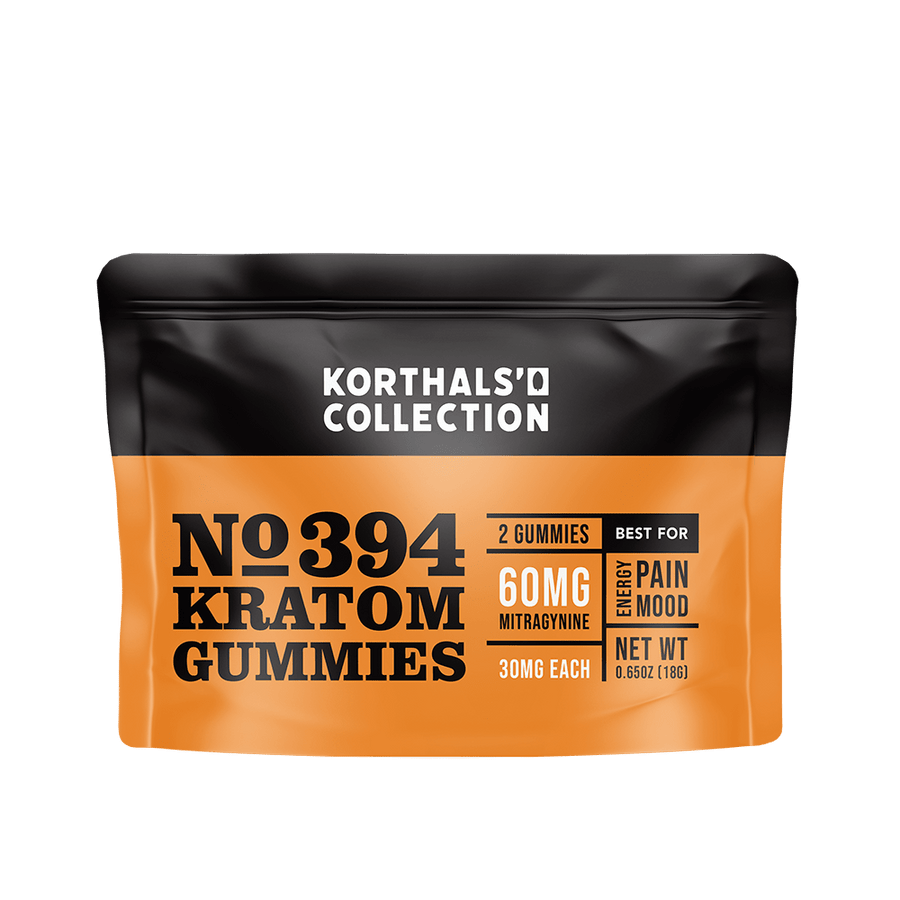This is the time of year when the leaves begin to change, painting the landscape with Autumn colors, as the last efforts of summer relent to sweater season. Watching the foliage is an activity loved by many all over the world, but at CBD Kratom, we’re in love with a different kind of leaf. And while it doesn’t change colors and fall to the earth, it does make life more colorful. We are, of course, talking about the leaves of the cannabis plant, one of the most versatile herbs on the planet.
Why are the leaves important?
The cannabis leaf is, perhaps, the most iconic and recognizable leaf around the world. And while the potential therapeutic effects are found in the flower of the plant, the leaves are instrumental to cannabis’ life cycle, serving as a key component of its life support system. The top side of the leaves act as solar panels, gathering sunlight, which is an essential part of the photosynthesis process, by which green plants use sunlight to combine foods from carbon dioxide and water. The underside of the leaves are covered in microscopic holes that open and close like a door, allowing carbon dioxide to enter, while oxygen and water exit. Cannabis leaves can also be used as a storage facility for important nutrients, such as nitrogen.
Types of cannabis leaf
The cannabis plant has three distinct types of leaf, each serving as a crucial part of its growth: cotyledons, fan leaves, and sugar leaves.
Cotyledons- These are the first leaves to form as a cannabis seed germinates. The cotyledons serve as the first solar panels to begin photosynthesis. The leaves are not the typical cannabis leaf shape, but are essential for the formation of the more iconic shaped leaves as the plant grows and matures.
Fan Leaves- Fan leaves are the most recognizable, iconic leaves with characteristic serrated edges and slender leaflet fingers. Located near the bottom of the plant, these leaves vary by strain, with indicia-heavy leaves tending to have shorter, broader leaves with brighter colors, while sativa-leaning strains have longer, slender leaves with darker hues. Fan leaves are packed with phytonutrients, and help growers monitor the overall health of the plant. These leaves are often trimmed during the flowering stage to improve airflow and strengthen the overall flower development.
Sugar Leaves- These are the smaller leaves with a fan-like shape found in and around the flowers as they mature. Sugar leaves provide extra protection for the flower, giving buds structure and stability. The leaves are loaded with terpenes and valuable cannabinoids, making their clippings useful for making hash, edibles, and more.
Hemp leaves vs. Marijuana leaves
While botanically from the same species of plant, (Cannabis sativa), hemp and marijuana are genetically different forms of cannabis that are distinguished by their use and chemical composition.The two plants look nearly identical, but their leaf shapes and placement differ. Marijuana leaves are broader, with more leaves near the bottom of the plant, while hemp leaves are narrower and concentrated at the top of the plant. In both cases, the leaves serve the same purpose; providing the nutrients needed for the flower to grow.
What to look for in a healthy leaf
The leaves of a cannabis plant are more than a source of nutrients. They also serve as a first line of defense to ensure the plant is healthy via communicating visually. There are a number of telltale signs that a plant is thriving or in serious need of help.
The numbers of leaflets- The number of leaflets, or fingers, each leaf possesses can display signs of stress. Normally, cannabis leaves produce more than three leaflets. While this number can vary in some strains, typically each mature leaf will ultimately contain between 5 and 9 fingers. If a mature plant begins producing only 1-3 fingers, it could be a sign that the plant needs attention.
Leaf color- A healthy, mature cannabis plant’s leaves are green. While the shade may vary from a deep, lush forest green to an almost neon lime green, depending on the strain, the leaves contain the green pigment chlorophyll, which allows it to serve as a solar panel. When this pigment is missing, the leaves turn yellow, indicating the plant is suffering from a chlorophyll deficiency. It’s important to note that during the late flowering cycle of the plant, leaves will turn yellow and begin falling off. This is common during this phase of the grow cycle, but should not continue in a mature plant.
Turning over a new leaf
Nearly every part of the cannabis plant can be used in some capacity. The stalks can be turned into rope and fabric, and the flowers and leaves contain valuable cannabinoids, like CBD, CBN, THCA, and, of course, Delta-8 and Delta-9 THC. While the leaves contain less cannabinoids than the flower, they can be utilized in a number of ways to make use of their potential therapeutic benefits. Both the fan and sugar leaves have their uses, both for its cannabinoids and for continued sustainability. Once a cannabis plant has finished flowering, sugar leaves produce trichomes that, while too acrid-tasting to smoke, work well for making hash, extracts and tinctures, edibles, topicals, skincare products, and more.
Let CBD Kratom be your guide
Visit us at one of our 60+ locations throughout Chicago, Dallas, Houston, New York City, Philadelphia, and St. Louis, and speak to a Doyen to learn more. You can also shop online and schedule some one-on-one time time with one of our experts from the comfort of your home.






















































